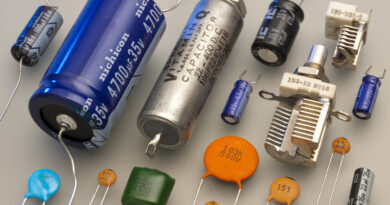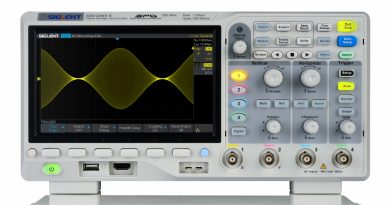Soldering Tips for Beginners
If you’re new to soldering there are some things you should understand before you get started. Don’t just jump into you first project: practice on scrap first. Chances are you have an old radio or some other piece of electronic equipment with wiring and electronic components that will allow you to hone your soldering and desoldering skills.
Newer electronic equipment will be less useful to you because it will consist largely of surface-mounted components, but older electronics will have a ton of wiring and components within that will enable you to practice without breaking everything with one bad connection. After you’ve had some practice you can move onto, for example, faulty cables or simple wiring (such as replacing a potentiometer). Once you grow comfortable with basic soldering tasks you’ll be ready to tackle bigger and more demanding projects.
Always remember to heat the work — not the solder. Rather than applying solder to the soldering iron you should heat the part and then touch the solder to the heated part, letting it flow over the connection on which you’re working. After the connection is well coated you’ll remove the solder before removing the soldering iron. Let the connection cool completely.
Be cautious when soldering PCB-mounted components and IC chips: excessive heat will damage or break them. Instead of soldering the component’s legs directly to the board, try soldering a socket to the circuit board and then insert the component into the socket.
You should always solder in well-ventilated workspaces. You never want to inhale solder smoke, especially if it’s lead solder as a result of its toxicity. It’s best to use protective equipment as well because molten solder can splatter; use goggles or safety glasses.
Don’t solder the plug until you’ve made sure that you’ve put the the plug or housing/shell on the cable. You don’t want to have to desolder the plug, cover it, and resolder. Always double check before soldering.
The process of soldering will be much easier if you tin the wires or the ends of the component’s wires first. Start by heating the individual parts, apply a bit of solder, and let it cool. You should also tin the soldering iron tip and keep it clean. Simply wipe the tip across a wet sponge a few times. Don’t wait until your soldering iron is covered by contaminants. Buildup hinders heat transfer.
Lastly, don’t start soldering until you’ve planned what you’re going to do. Measure twice and cut once.


This post is very helpful for all who work on Soldering techniques and specially for beginners because about this they know about the tips of soldering ,Thank you for this informative post.